In Pittsburgh, you never know what to expect weather-wise. It can snow in October and be 60 degrees mid-November. This heating and cooling of the outside air is a potential threat on a roof that doesn't have proper up-keep. The cooling, then warming, then cooling again can accumulate icicles, which point to potential roofing problems. Icicles can form if the thawing snow has nowhere to drain. Clogged gutters can prevent the melted snow from entering the downspouts and draining off the roof. This will cause the water to push back up and potentially make its way under the shingles, entering already existing leaking points making them worse, or creating new points. When the water refreezes ice dams are formed. Ice dams are usually the result of poor attic ventilation. How can you tell if your attic is properly ventilated? Take a look at your roof in the winter. If you see thick icy build up around the eaves or behind the gutters then chances are you have poor ventilation. Thick icy build up is a sign that warm air is getting trapped in the attic, melting the bottom layer of snow, while the top layer refreezes it. A precaution you can take to ensure you get the full life expectancy out of you roof is setting up a good maintenance plan to maintain the up-keep and ensure repairs are noticed immediately, not after the issue enters your home. A few other precautions you can take are having your gutters cleaned late fall, making sure your ventilation and insulation are up to par or having a certified roofer inspect your flashings, vents and valleys to ensure no loose or open areas. If you have any questions we would be more than happy to answer them for you. We also offer seasonal roofing tune ups that will ensure you get the life expectancy out of your roof.
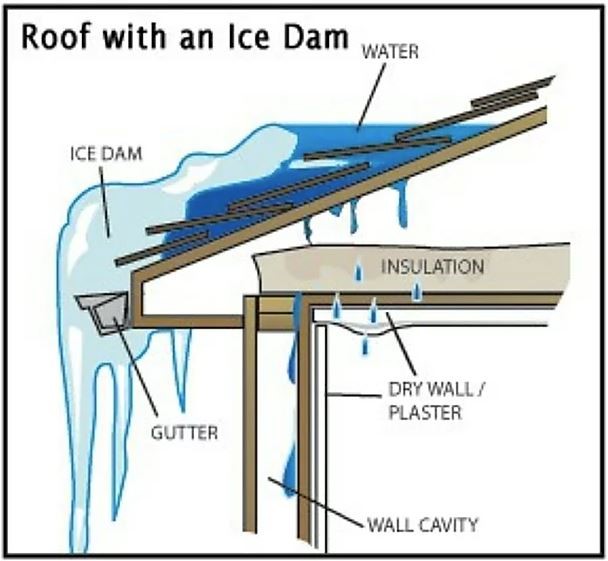
Subscribe to EAS Roofing's Blog


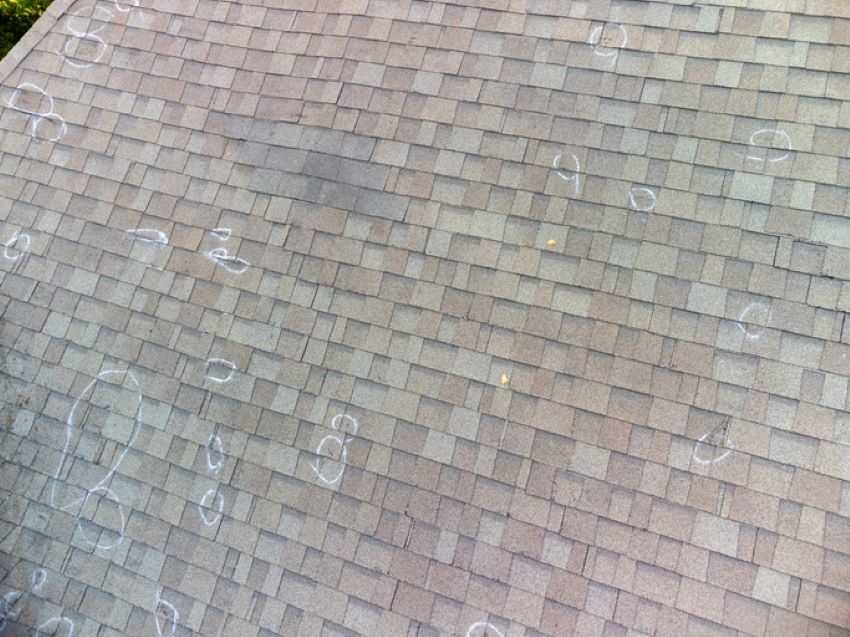
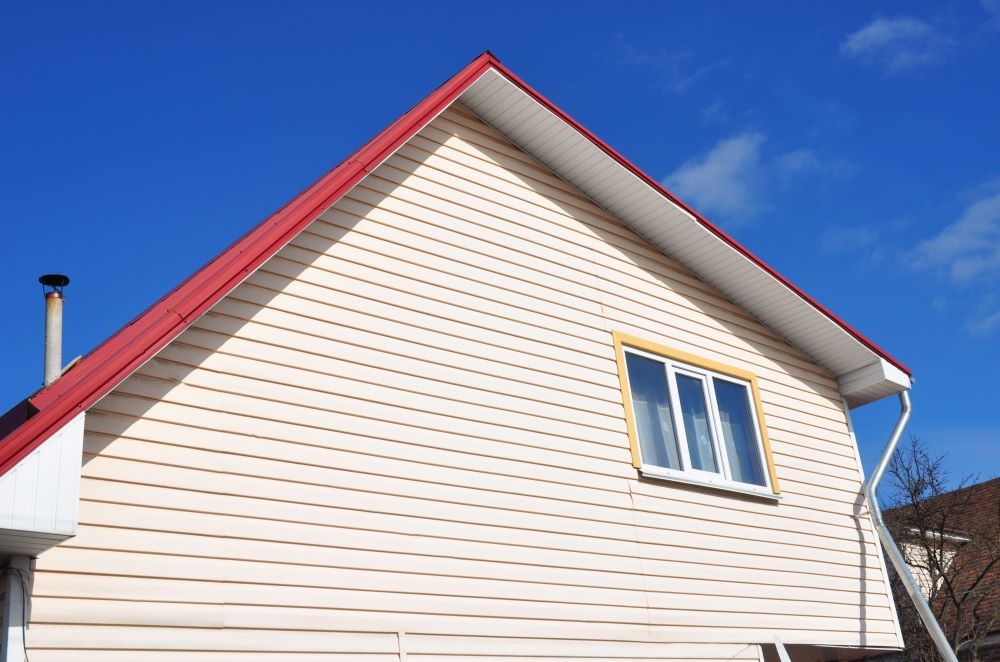
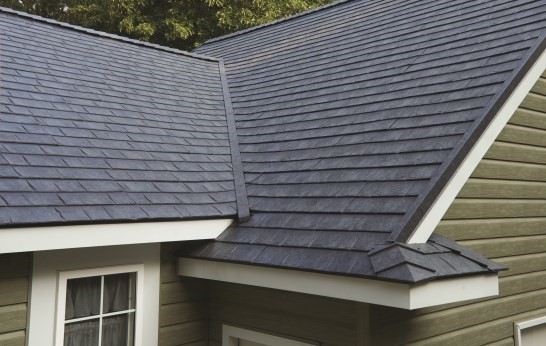

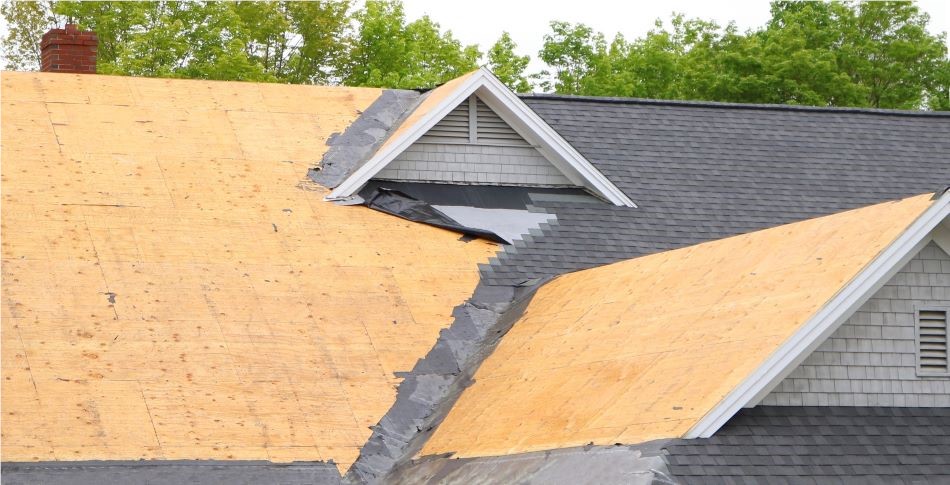

Comments